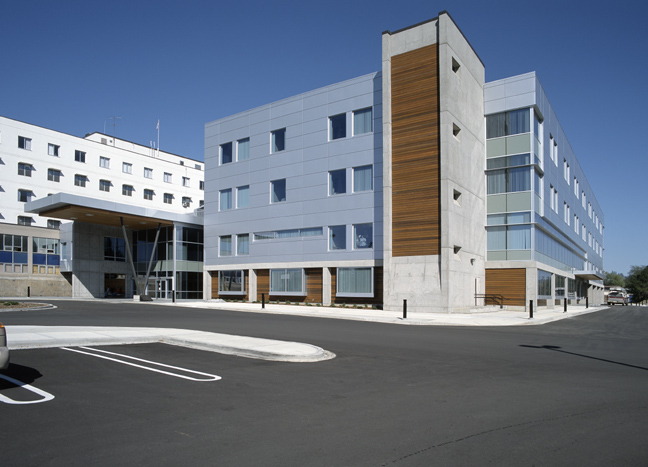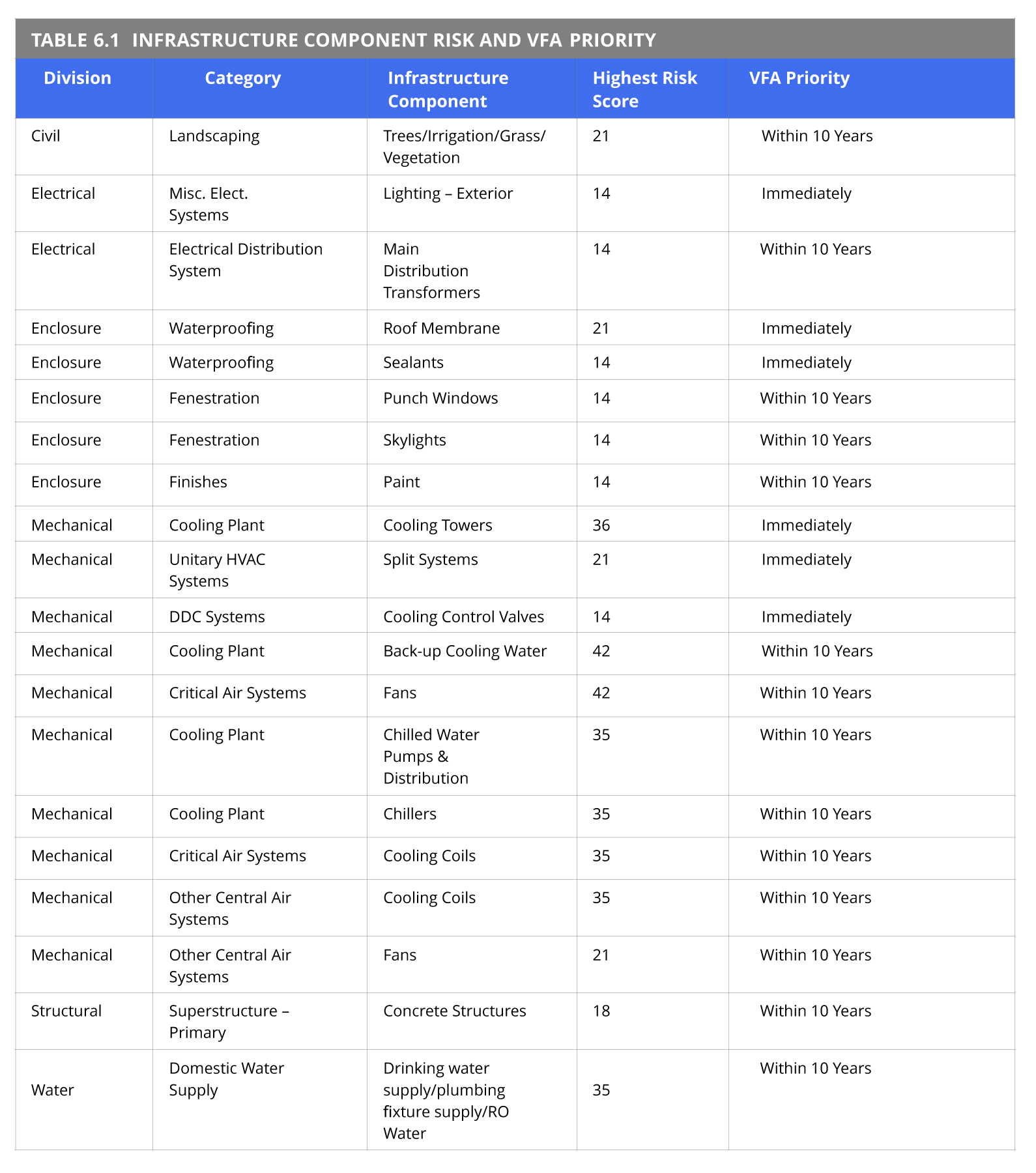In 2015, the World Health Organization (WHO) published an operational framework for the development of climate resilient health systems around the world.
The WHO framework states that the building codes governing the construction and maintenance of health facilities must take into account current and future climate risks, such as the potential increase in frequency and intensity of heat waves and extreme weather events such as storms. Resilient health systems have the ability to adapt essential environmental services such as drinking water and sanitation services, which can be compromised by floods and droughts, and electricity supply, which may be cut off during extreme weather events.
The effects of climate change on hospitals are felt not just in facilities, but in public health. Heat waves and cold snaps, storms, sea level rise, wildfires, drought and floods can cause critical system failures that lead to service disruptions, temporary evacuations, and even closures, resulting in health emergencies for individual patients and the community at large.












